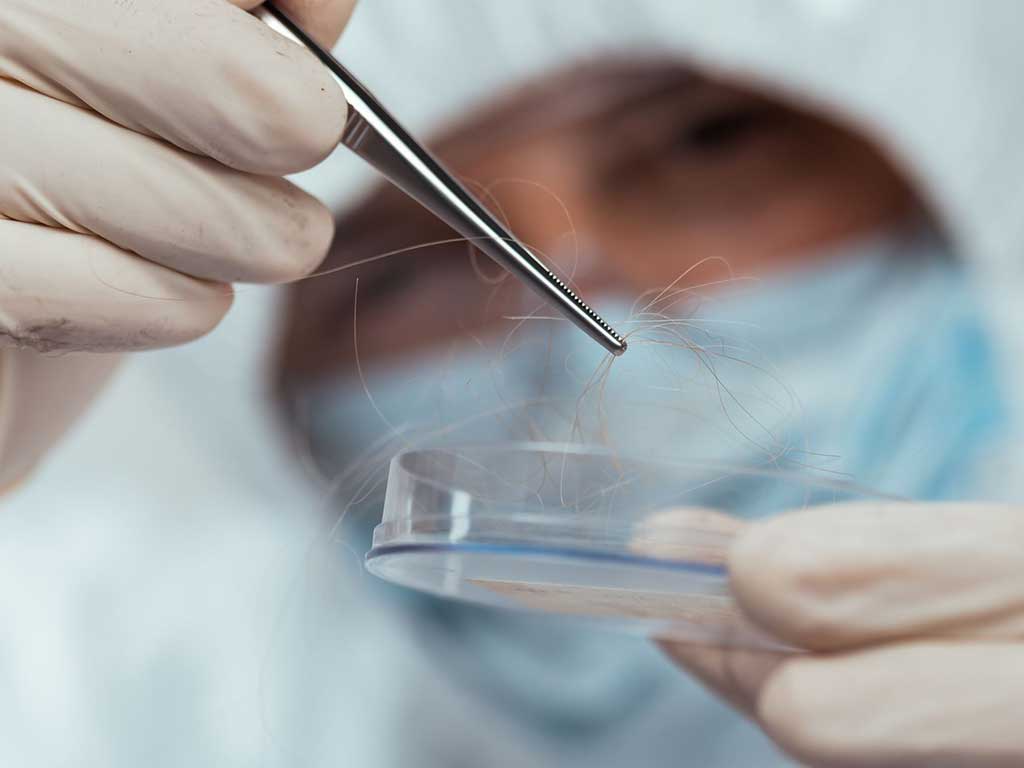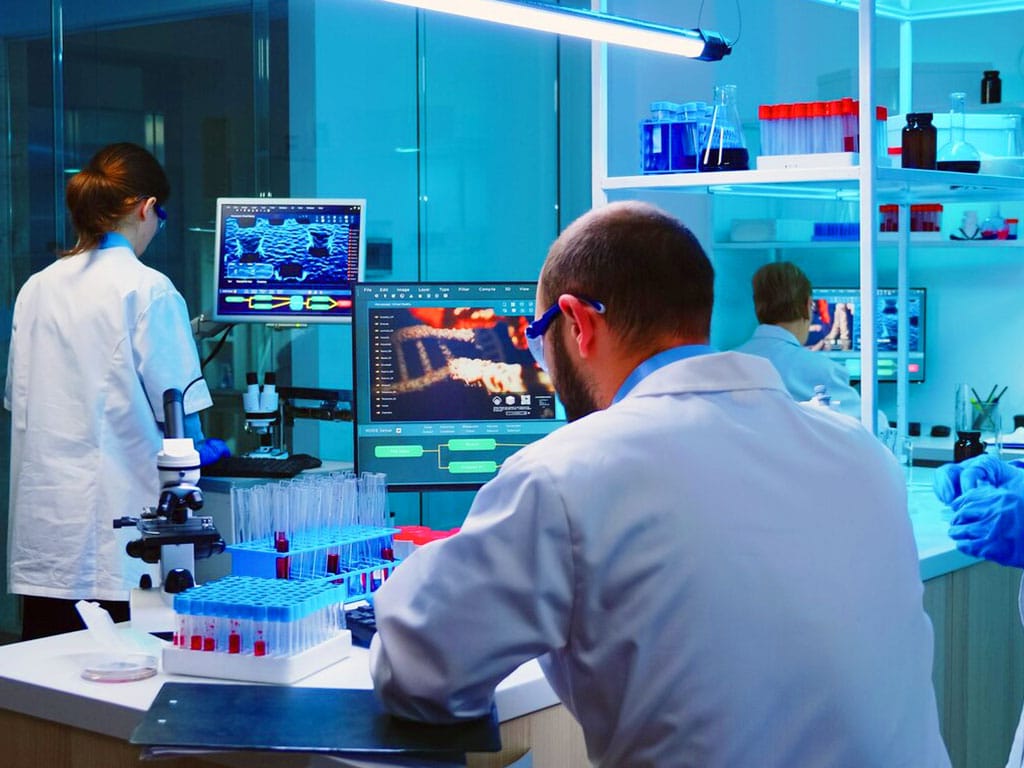Hair Sample Test: What It Is and the Process
15 May, 2024

A hair sample test is a method used to detect the presence of drugs or alcohol in the body of a person. It is distinct as it analyses hair samples, providing a longer detection window. Typically, the process involves collecting a small sample of hair. The specimen is then sent to a laboratory for analysis. In the facility, the hair samples undergo a series of testing using various techniques. A professional will review the results and generate a report.
Drugs of abuse can have detrimental effects on an individual. As a result, the detection of drug use has become a common practice in many industries and organisations. It is to ensure a safe and drug-free environment. Common methods of testing include urine, saliva, and blood testing. However, hair analysis is gaining popularity due to its longer window of detection and accuracy. This article will present hair strand testing, including the testing and sample collection procedures.
What is a Hair Sample Test?
A hair sample test is a method utilised to identify the presence of substances in the system of an individual. It can detect illicit drugs, prescription drugs, and alcohol misuse. Precisely, the test involves taking a hair sample and analysing it for alcohol or drug metabolites. These are substances produced when the body breaks down drugs or alcohol. The detection period is usually three months.
Various sectors commonly utilise hair drug testing. It is due to its effectiveness in detecting long-term substance use. Employers often incorporate it into their workplace testing programs. They employ it as part of pre-employment screening or as a condition for ongoing employment. It ensures a drug-free environment, enhances safety, and improves productivity among employees.
Law enforcement agencies and legal systems also frequently use hair follicle drug tests. They utilise it in cases where drug history information is crucial. Educational institutions may employ this testing method as part of their drug prevention strategies. Moreover, medical settings use hair drug tests to monitor individuals recovering from drug addiction. It helps assess the efficacy of treatment programs.
Advantages of Hair Testing
- Hair sampling tests can identify drug use over a much longer duration, up to 90 days. It is beneficial for identifying long-term drug use patterns.
- The hair sample collection is straightforward and non-invasive. It eliminates the need for more invasive blood draws or privacy concerns of urine testing.
- It is significantly more challenging for individuals to tamper with or cheat a hair strand drug test.
- Hair testing technology is advanced. It provides high levels of accuracy in detecting substances embedded in the hair shaft.
- Hair drug tests are capable of detecting a wide range of drug classes.

Process for Hair Sample Test
The process for a hair sample test involves several precise steps. Initially, a collector gathers a small sample of hair, typically from the crown of the head. If head hair is unavailable, they may use body hair. After the collection process, the conductor forwards the hair samples to a laboratory for testing. Lab technicians will then wash and treat the specimens to remove external contaminants.
Subsequently, the clean hair is cut into small segments and placed in a testing solution. Professionals commonly employ initial test methods like Enzyme-Linked Immunosorbent Assay (ELISA). It is a sensitive technique. Accordingly, confirmatory testing occurs if the initial screening indicates a positive result. Professionals typically conduct Gas Chromatography-Mass Spectrometry (GC-MS) or Liquid Chromatography-Mass Spectrometry (LC-MS).
The final step involves analysing the test results. A negative result indicates no detectable levels within the detection window. Conversely, a positive result reveals drug use within the detection period. The laboratory will then compile the results into a report. They will send the report to the requesting party. It can be an employer, legal entity, or individual.
Detectable Substances
Hair testing can detect a wide range of substances. Foremost, the method can identify the presence of illegal drugs. It may include methamphetamine, ecstasy, cocaine, cannabis, and heroin. Laws in Australia prohibit these substances. They can impair cognitive and motor skills.
Secondly, hair analysis can monitor the presence of prescription medications. It may include benzodiazepines, amphetamines, oxycodone, fentanyl, morphine, and codeine. While these substances are legal, they have the potential for abuse or misuse. Additionally, the testing approach can detect ethanol. It is an active ingredient in alcoholic beverages. It is helpful in monitoring alcohol consumption over time.

Sample Collection Procedure for Hair Sample Test
Sample collection procedure for a hair sample test involves precision and care. The technician begins by selecting an appropriate site for hair collection. It is to ensure uniformity and discretion. Accordingly, the collector snips approximately 90 to 120 strands of hair using professional scissors or a similar tool. The goal is to collect a sample representative of hair growth over the past 90 days.
Once cut, the root ends of the hair are aligned and placed inside an envelope or a secure collection kit. The collector ensures that the root ends, which are closest to the scalp, are clearly identified. Furthermore, accurate document accompanies the collection process. The collector records essential information, including date, time, and individual details. It is crucial for maintaining a chain of custody.
After placing the sample in its container, the conductor will seal it. They do it in the presence of the candidate. This sealing process is a critical security measure to prevent tampering or contamination. The collector will then forward the hair specimen to a laboratory for analysis. In essence, this meticulous collection process ensures that hair testing is reliable and accurate.
Factors that Can Influence Hair Samples
Firstly, the hair growth rate of a person affects the detection period. Slower or faster hair growth can extend or shorten the detection period. Secondly, hair colour also matters. Drugs tend to bind more easily to melanin, a pigment found in hair.
Additionally, the use of chemical or cosmetic hair treatments can impact test results. These hair products can strip some of the drug residues from the hair. Hence, it potentially lowers the chances of a positive outcome for drug use. Cleaning products and environmental exposure present additional factors. In rare cases, these components can contaminate the hair.
Conclusion
In summary, hair sample tests are a valuable tool for alcohol and drug testing. It is a method that can detect the presence of substances in the system of a person. Various sectors, including employers, law enforcement, educational institutions, and medical professionals, utilise hair testing. Accordingly, the testing approach presents numerous advantages. It is non-invasive, difficult to cheat, highly accurate, and comprehensive. It also has an extended detection period, typically up to three months.
Hair testing can detect a range of substances. It can identify heroin, ecstasy, amphetamines, benzodiazepines, and ethanol. Furthermore, the testing process involves several precise steps. A technician begins by collecting hair samples. It can be head or body hair. Afterwards, the conductor forwards it to a laboratory for testing. Hair samples undergo a series of testing in the facility. However, knowing the factors that can influence the samples is crucial for accurate and reliable testing.






























